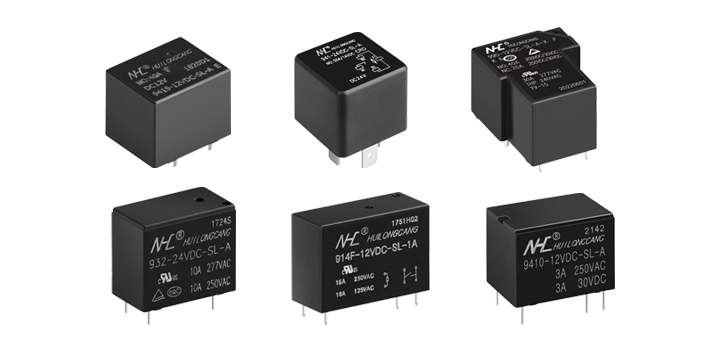
The composition of the power relayand its control function 6
2022-09-09 19:24In addition, photoelectric, piezoelectric, electrostatic induction, chemical reaction and other principles can be used to make various relays that can respond to other non-electrical quantities, such as photoelectric relays, speed relays, pressure relays, etc. With the rise of electronic technology, a new way has been opened up for the development of the above-mentioned various relays. In recent years, various contactless relays and other semiconductor electrical appliances composed of transistors have been increasing. They are used in conjunction with relays with contacts to learn from each other's strengths and make up for their shortcomings. direction.

From this, we can further realize that:
(1) Relays use various physical phenomena in nature, different forms of material motion and their mutual transformation laws to convert various electric or non-electrical quantities into mechanical forces, thereby driving the contacts to work (for non-contacts, It is directly converted into a sudden change in the saturation and cut-off state of the transistor, thereby realizing the on and off of the current). Therefore, any mechanism that can realize this transformation under certain conditions can be used to form relays with various functions.
(2) The main function of the power relay is to respond to various electrical or non-electrical signals in the production process, and to transmit such signals to achieve the purpose of controlling a certain controlled object. Therefore, it is usually also called a "electrical appliance that reacts and transmits signals".
(3) If the power relay is matched with other electrical appliances and connected in a certain way according to the different requirements of the production process (that is, a certain circuit structure), various automation devices can be formed to complete various control functions. "The movement is developing, and there are new things ahead, and new things are emerging one after another." Production practice has promoted the development of relays, and the development of new science and technology has continuously opened up new development paths for relays. The new circuit structure has also continuously given relays new vitality. Therefore, relays with new principles and new structures continue to emerge, which in turn promotes the continuous development of production and the goal of automation.
